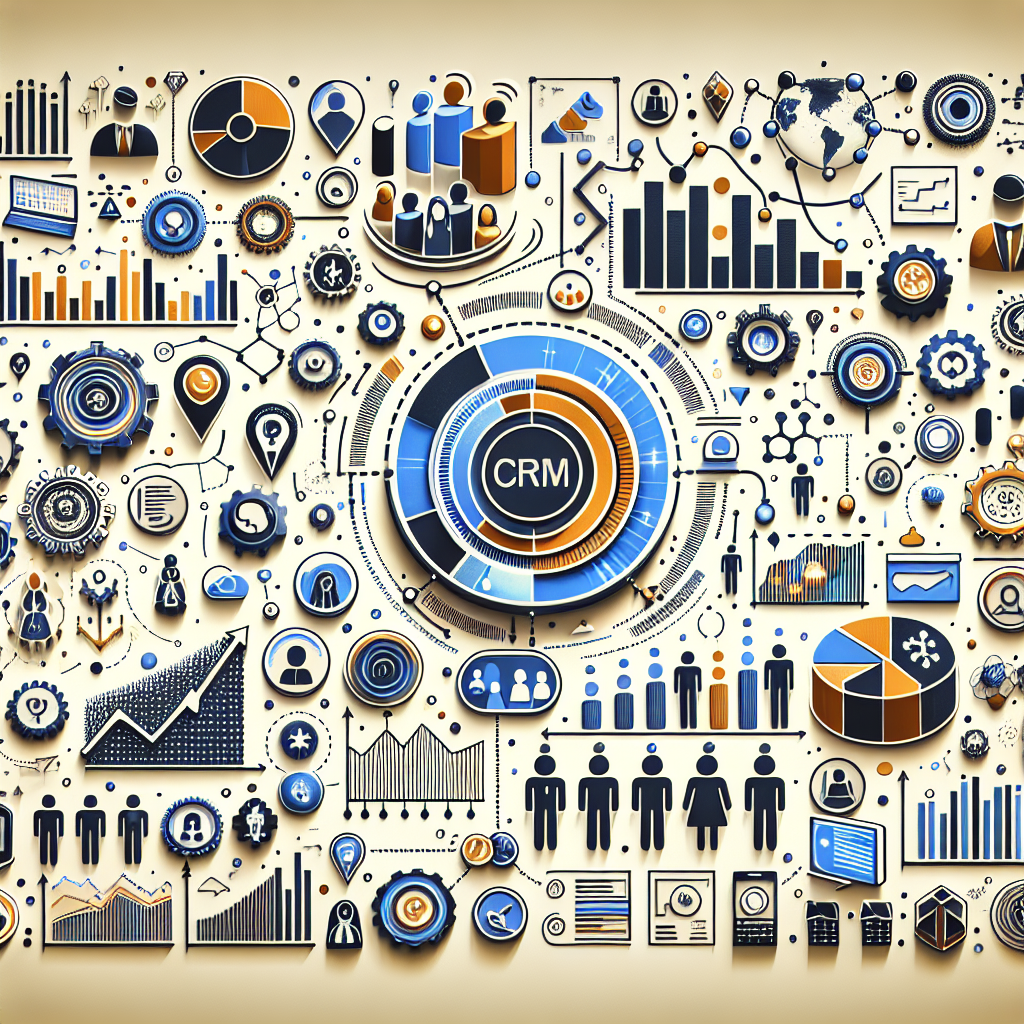The Power of CRM Analytics: How Data Can Drive Customer Relationships

Customer Relationship Management (CRM) is a crucial aspect of any business that aims to build and maintain strong relationships with its customers. With the rise of technology and digitalization, businesses now have access to vast amounts of data that can be used to analyze customer behavior, preferences, and trends. This is where CRM analytics comes into play, allowing businesses to leverage data to drive customer relationships and improve overall business performance.
What is CRM Analytics?
CRM analytics is the process of analyzing customer data to gain insights into customer behavior, preferences, and trends. By utilizing CRM analytics, businesses can better understand their customers, anticipate their needs, and tailor their marketing efforts to meet those needs. CRM analytics can help businesses improve customer satisfaction, increase customer loyalty, and drive revenue growth.
Benefits of CRM Analytics
There are several benefits to using CRM analytics to drive customer relationships:
- Improved customer satisfaction: By analyzing customer data, businesses can better understand their customers’ needs and preferences, allowing them to provide personalized and targeted marketing efforts.
- Increased customer loyalty: By anticipating customer needs and providing personalized experiences, businesses can build stronger relationships with their customers and increase customer loyalty.
- Enhanced marketing effectiveness: CRM analytics can help businesses identify the most effective marketing channels and strategies, allowing them to optimize their marketing efforts and drive better results.
- Improved customer retention: By understanding customer behavior and preferences, businesses can identify at-risk customers and implement strategies to retain them.
How Data Can Drive Customer Relationships
CRM analytics empowers businesses to make informed decisions based on data-driven insights. By analyzing customer data, businesses can identify trends, patterns, and opportunities that can help them better serve their customers. For example, businesses can use CRM analytics to:
- Identify high-value customers and tailor marketing efforts to retain them
- Personalize marketing messages and offers based on customer preferences
- Anticipate customer needs and offer personalized recommendations
- Segment customers based on behavior and preferences to target them more effectively
By leveraging CRM analytics, businesses can build stronger relationships with their customers, improve customer satisfaction, and drive revenue growth.
FAQs
What is CRM analytics?
CRM analytics is the process of analyzing customer data to gain insights into customer behavior, preferences, and trends. By utilizing CRM analytics, businesses can better understand their customers, anticipate their needs, and tailor their marketing efforts to meet those needs.
How can CRM analytics drive customer relationships?
CRM analytics empowers businesses to make informed decisions based on data-driven insights. By analyzing customer data, businesses can identify trends, patterns, and opportunities that can help them better serve their customers. For example, businesses can use CRM analytics to identify high-value customers, personalize marketing messages, anticipate customer needs, and segment customers based on behavior and preferences to target them more effectively.
What are the benefits of using CRM analytics?
There are several benefits to using CRM analytics to drive customer relationships, including improved customer satisfaction, increased customer loyalty, enhanced marketing effectiveness, and improved customer retention. By leveraging CRM analytics, businesses can build stronger relationships with their customers, improve customer satisfaction, and drive revenue growth.
